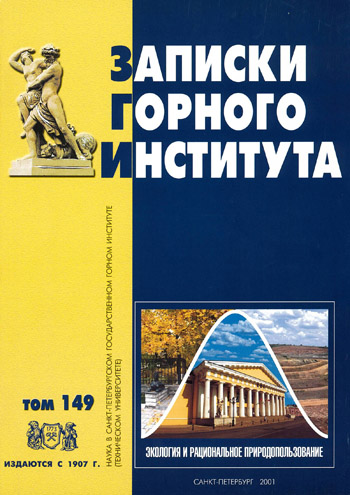Metallogenic specialization of greenstone complexes as a reflection of geodynamic settings of their formation
- 1 — Moscow Geological Prospecting Academy
- 2 — Moscow Geological Prospecting Academy
- 3 — Moscow Geological Prospecting Academy
- 4 — Moscow Geological Prospecting Academy
Abstract
Three genetic types of greenstone belts have been identified: plumtectonic, transitional, and playtectonic. The formation of greenstone belts of the plumtectonic type, caused by plumtectonics, occurred in the conditions of predominance of vertical tectonic movements on the basite composition protocols and led to the formation of microcontinents and primary accumulation of ore components. Greenstone complexes of belts of this type are characterized by the lowest ore content. The belts of the transitional type, which developed at the boundaries of microcontinents in the conditions of the initial form of plate tectonics manifestation, are the most productive; their structural-material complexes contain unique deposits of gold, ferruginous quartzites, sulfide copper-nickel and cupro-nickel ores. Pleitetectonic belts were laid down as riftogenic structures on the continental crust and developed in accordance with the Wilson cycle, which caused their complex structure and the combination of deposits that originated in different geodynamic conditions in space.
